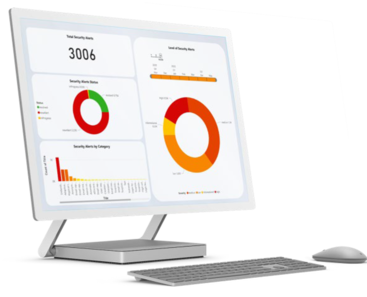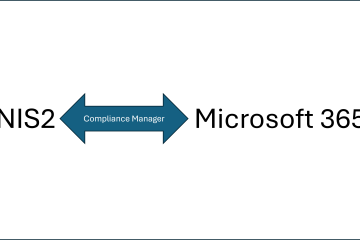
Microsoft 365 has become an integral part of many organizations’ daily operations. This suite of cloud-based productivity tools offers immense benefits, but it also presents significant security challenges. One of the primary concerns for Microsoft 365 users is the threat of cyberattacks. In this blog post, we’ll explore some common cyber threats, including phishing, Trojans, malware, and ransomware, and discuss the implications of these threats for Microsoft 365 users. We’ll also emphasize the importance of continuous security monitoring and threat mitigation.
Defining the Threats
- Phishing is a fraudulent attempt to obtain sensitive information, such as usernames, passwords, and financial details, by posing as a trustworthy entity in an email, instant message, or other digital communication. Attackers often create convincing replicas of legitimate websites to deceive users into disclosing their confidential data.
- A Trojan, short for Trojan Horse, is a type of malicious software that disguises itself as a legitimate program or file. Once installed, it can grant hackers unauthorized access to a user’s system or carry out harmful activities, such as data theft or remote control of the infected device.
- Malware is a broad term that encompasses various types of malicious software designed to disrupt, damage, or gain unauthorized access to computer systems. Examples include viruses, worms, spyware, and adware. Malware infections can lead to data loss, system instability, and privacy breaches.
- Ransomware is a type of malware that encrypts a user’s data and demands a ransom in exchange for the decryption key. Falling victim to a ransomware attack can result in significant financial losses, data compromise, and operational disruptions.
Implications for Microsoft 365 Users
Now, let’s discuss the implications of these threats for Microsoft 365 users:
- Data Breach: Phishing attacks can lead to unauthorized access to your Microsoft 365 accounts, potentially compromising sensitive information and critical business data.
- Data Theft and Unauthorized Access: Trojans can enable cybercriminals to infiltrate your Microsoft 365 environment, stealing confidential files and documents, and gaining control over your systems.
- Disrupted Productivity: Malware infections can disrupt your organization’s workflow and hamper productivity by causing system crashes, slowdowns, and data corruption.
- Data Encryption and Ransom Demands: Ransomware can lock you out of your own data, rendering it inaccessible until a ransom is paid. Failure to comply may result in permanent data loss.
The Importance of Continuous Security Monitoring
Microsoft 365 provides several built-in security features, but it’s essential to complement these with continuous security monitoring and proactive threat mitigation strategies. Here’s why:
- Real-time Threat Detection: Continuous monitoring helps identify security incidents in real-time, allowing organizations to respond swiftly to potential threats.
- Incident Response: Early detection and prompt response are crucial to minimizing the damage caused by cyberattacks. Continuous monitoring helps develop effective incident response strategies.
- Threat Mitigation: By constantly monitoring your Microsoft 365 environment, you can actively address vulnerabilities, close security gaps, and defend against evolving threats.
- Compliance and Reporting: Continuous monitoring is vital for maintaining compliance with industry regulations and provides comprehensive reporting for auditing purposes.
Closing Down External Threats
To protect your organization that relies on Microsoft 365, it’s essential to:
- Educate Users: Train your employees to recognize and report phishing attempts. Vigilant users can be your first line of defense.
- Use Multi-Factor Authentication: Enable MFA for all Microsoft 365 accounts to add an extra layer of security.
- Regularly Update and Patch: Keep software and systems up to date to patch known vulnerabilities that cybercriminals may exploit.
- Invest in Security Solutions: Utilize third-party security tools and services to enhance your Microsoft 365 security posture.
- Implement Continuous Monitoring: Consider adopting security solutions that offer continuous monitoring, threat detection, and incident response capabilities.
While Microsoft 365 offers a powerful suite of tools, it’s essential to remain vigilant against threats like phishing, Trojans, malware, and ransomware. Continuous monitoring and a proactive security stance are key to safeguarding your organization’s sensitive data and ensuring a productive and secure Microsoft 365 experience.
The TBSC 365 health-check shows organizations their current state of security alerts and if they have already been penetrated by security threats. It is a quick and easy way to provide a full assessment of your Microsoft tenancy. For further details about this FREE service contact [email protected]

